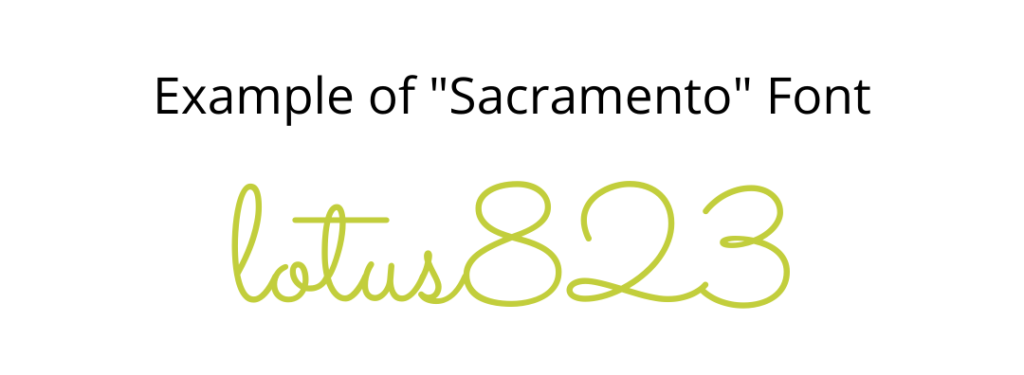Launching and owning a business is a dream for millions of entrepreneurs around the world. Many brands start out with humble beginnings, stemming from a small idea or passion that is then transformed into a profitable business. When taking the leap in becoming a business owner, it is crucial for you to define multiple branding elements that will allow you to stand out amongst your competitors.
Before launching, take some time to create a consistent brand presence and personality. How do you want your consumers to feel when they hear about your brand for the first time? How will they remember you? The answers to these questions will influence your company’s key branding elements. Continue reading to learn more about crucial elements of branding that you must establish before you launch!

- Brand Promise
A brand promise is a value or experience that your customers can expect every time they interact with your company. If you are regularly consistent with your brand promise, consumers will come to expect the experience and prefer your brand over the competition. When creating an effective brand promise, keep in mind that it only needs to be a short phrase that is aligned with your brand mission. A brand promise is different than a slogan as it provides value with actionable language. Always ensure that this promise is something you will be able to fulfill every time consumers make a purchase with you. Be bold, but don’t make a promise you are unable to keep.
Check out a few of the brand promises that have helped these brands become successful:
- Creating happiness through magical experiences. – Disney
- Save money. Live better. – Walmart
- Judgement Free Zone. – Planet Fitness
- Designed for the creative pursuit of being you. – Vans
- Define Your Ideal Customer
Understanding who your ideal customer is will determine a large number of your branding and marketing strategies moving forward. When defining your ideal customer, be specific in outlining all of the aspects of the consumer. Gender, age, income, and educational level are just a few of the details you need to consider. Beyond demographics, put yourself in your customers’ shoes to truly understand who they are and what they care about most. This will allow you to ensure your messaging and marketing efforts resonate with the person and create an emotional bond.
For example, if you own an organic grocery store in New York City, your ideal customer may be a middle-class man or woman, age 25-55, who works or lives within walking distance that values spending more on organic products. While many other consumers outside of these parameters may become your customer, it is best practice to be specific when defining your ideal customer to help you zero in on the best approach to your branding strategy.
- Brand Identity
A company’s brand identity helps consumers to easily recognize your product or service over competitors. There are various aspects of your brand identity that should remain consistent across all outlets. Many start out with designing a logo. By choosing different fonts, colors, slogans, and shapes, you will start to develop an identity that matches your brand personality. Remember that different colors evoke different emotions when choosing a color palette. For example, consumers associate the color red with excitement, energy, and action, while the color blue makes consumers feel serenity, stability, and peace. Keep color psychology in mind when selecting this very important element of your brand.
After selecting your logo and colors, consider the typeface you would like to use. These typefaces can be incorporated on your website, custom graphics, promotional offers, and more! If you want your consumers to feel empowered by your messaging, select a bolder font with fine lines, such as “Baron.” If you’re going for more of a relaxed, soothing brand personality, consider a font that is more delicate, such as “Sacramento.”


While there are various other visual elements pertaining to your brand, focus on these important elements first.
- Brand Voice
Your brand voice possesses unique characteristics that articulate your brand personality to resonate with your consumers. Knowing who your target audience is will help to determine the tone and language used to convey messages on your website, social media, emailing marketing, and more. For example, Coco-Cola’s brand voice is conversational, light, and friendly to support their brand personality that delivers happiness and unity. Nike’s tone of voice is bold and inspirational to make consumers feel empowered, strong, and supported by the brand. Take a look at the tweets below for a better understanding of their different tones.
Sometimes, a virtual cheers is the best kind of cheers. ❤️
— Coca-Cola (@CocaCola) May 26, 2020
Now more than ever, we are one team. #playinside #playfortheworld pic.twitter.com/LRLhL4FwkG
— Nike (@Nike) March 21, 2020
By taking a deeper look at your ideal consumer, you can choose the brand tone you feel will resonate with your target audiences while staying consistent across all platforms.
While there are many other branding elements that you will need to establish for your business, defining these four aspects will set you up for success from the very beginning.